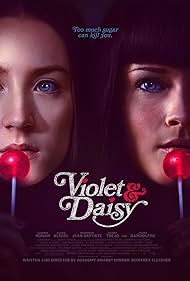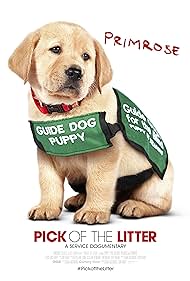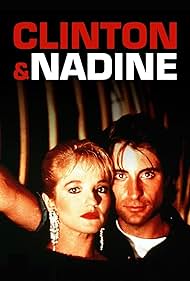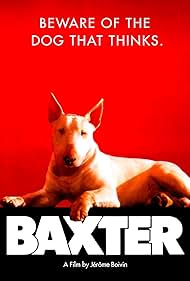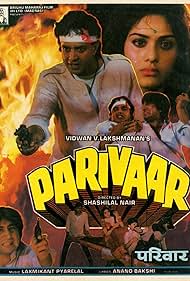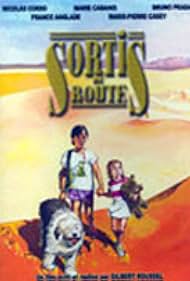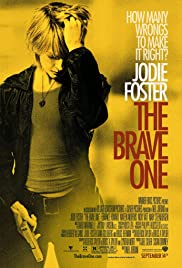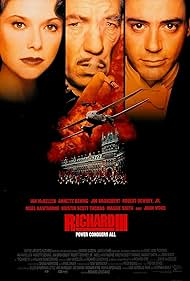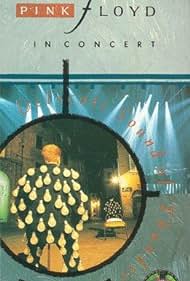The Art of Us Soundtrack (2017)

Buy on Amazon Play and download Soundtracks
El arte del amor
Ritratto d'amore
The Art of Us
Synopsis
Dr. Harper Higgins is an Adjunct Professor of Art History at the Cambridge Institute of Fine Arts. To make ends meet, she also teaches an adult painting class at the Arts Collective. She once aspired to the life of a painter herself, that is until her last show the year before resulted in a scathing review by an esteemed art critic named Rick, who also happened to be her boyfriend at the time; they broke up and she put down her paintbrush for good.
Although she never aspired to the life of an academic, she, as appointed curator, has managed to secure a famous artist for the Institute's upcoming Art Exhibition, it being a success which she hopes will lead to a promotion to a full-time position. When that artist backs out, Harper scrambles to find a replacement and hopes it will be the man she literally stumbled onto who became her dog walker, Tom Becker, whose artwork she truly admires.
Untrained Tom only began to paint as therapy when he was in the VA Hospital (dog walking was also therapy); now he cannot stop painting, but only for himself. But partly because he's attracted to Harper but mainly to pay the repair bills on his crumbling houseboat, he agrees to put his artwork forward for the Exhibition. Harper ends up telling two lies to her boss, Dr. Martin, to convince him to display Tom's work at the Exhibition; the bigger one stems from an anecdote Tom told her that ends up being the focus of Tom showing his work at the Exhibition: that he is the great-great-grandson of Vincent van Gogh (the truth being that his great-great-grandmother grew up in the same town in Holland as Van Gogh and possibly had a relationship with him).
As the Exhibition nears, Harper and Tom begin to fall for each other, and what is shown of Tom's artwork in preparation does catch the eye of some influential people in the art world. But the lie being discovered would not only ruin Harper's academic career and possibly ruin the Institute's reputation, but could threaten her and Tom's relationship in the pressure of maintaining the lie--unless Tom's work truly can stand on its own merit.
